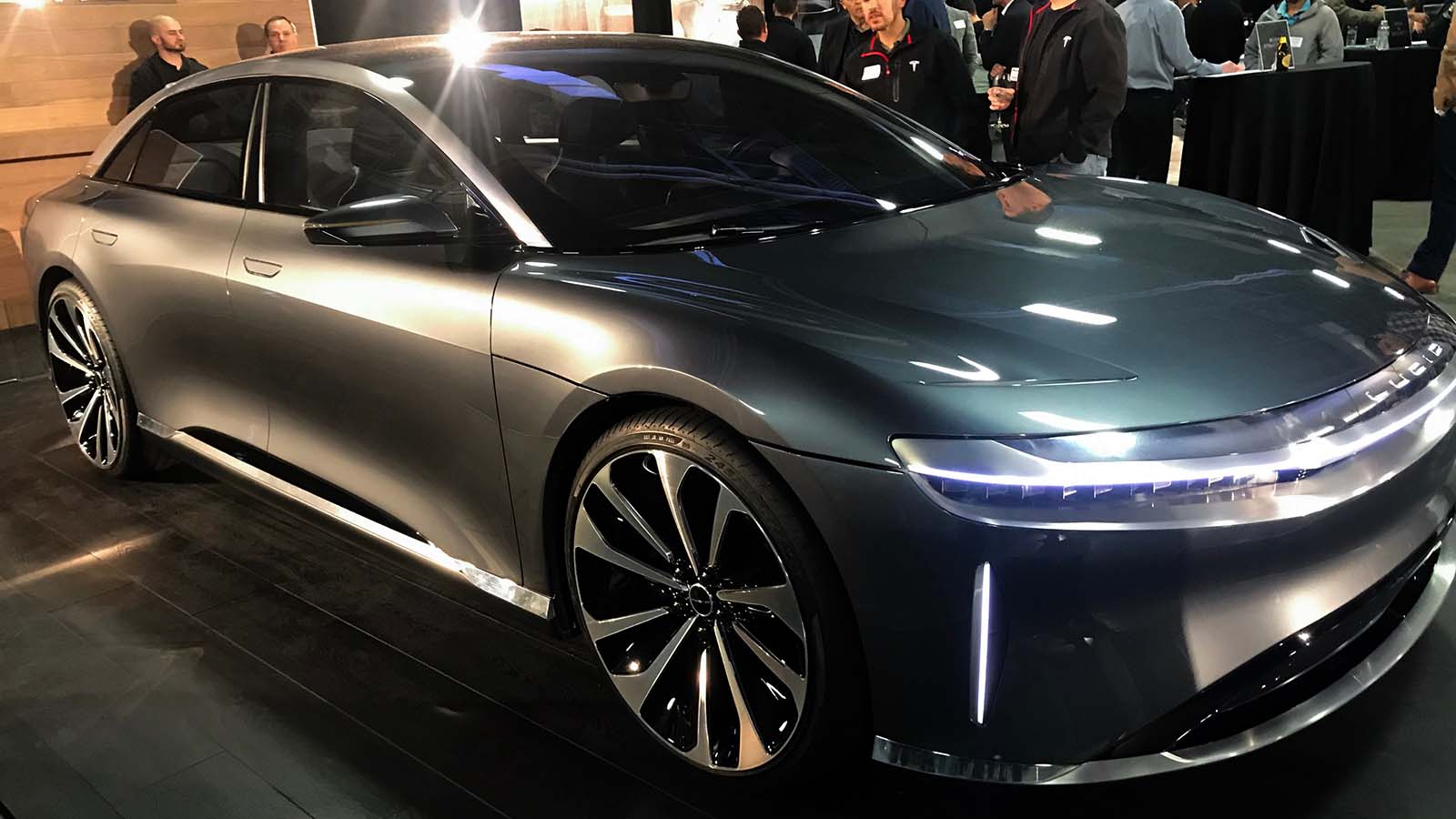I’ve been pounding the table in support of Lucid Group (NASDAQ:LCID) for a while, but by and large, my pleas have gone unheard. Lately, the price action of LCID stock has been uninspiring.

Without a doubt, Lucid’s electric vehicles won’t be the cheapest on the market. They’re really only targeted toward folks with some capital to spare and a desire for fancy features in their cars.
As far as LCID stock is concerned, July certainly was exciting. But since then, its price action has been choppy and lacking direction. That is frustrating, but you certainly don’t have to abandon your position in the shares.
Besides, as we’ll see, October is an extremely important month for Lucid and its stakeholders. So put on your seat belt and enjoy the ride; it should get much more exciting soon.
A Closer Look at LCID Stock
Just to recap, on July 26, a special purpose acquisition company (SPAC) known as Churchill Capital IV merged with Lucid Motors.
As a result, Churchill’s shares disappeared and were replaced with LCID stock, which closed at $26.83 on its first day of public trading. That represented a very quick 11% gain.
Unfortunately, the early investors in the stock didn’t enjoy any gains after that. The stock fell below $18 in early September, then made another run at $27. But for a second time, it failed to reach that level.
As of this afternoon, LCID stock was trading slightly below $24. So its shareholders have lost some ground.
Whatever you do, be sure to keep your eye on $27 and then $30 as significant price levels.
To stage a sustained breakout in the coming weeks, Lucid will likely have to break through those price points with heavy trading volume
Setting New Standards
As I alluded to earlier, Lucid’s vehicles are known for uncompromising quality, not affordability.
That’s fine, since the electric-vehicle industry is big enough to contain a number of niche markets. Clearly, Lucid wants to target people who insist on top-of-the-line, ESG-compliant automobiles.
An argument could be made that the Lucid Air Dream Edition Range is the cream of the crop in that category.
Indeed, this line of vehicles is reportedly setting new standards as it has received an official EPA rating of 520 miles of range. According to the company, the Lucid Air Dream Edition Range has the longest range of any EV ever rated by the EPA.
On top of that, this line of vehicles delivers at least 100+ miles of additional range over its closest competitor. Plus, even while achieving 520 miles of range, the Lucid Air Dream Edition Range is still able to deliver 933 horsepower.
The Dream Becomes a Reality
Just to drive home this point, Lucid completed a real-world first drive with Motor Trend featuring a pair of Dream Edition Range cars. The two vehicles were driven from Los Angeles to San Francisco at highway speeds. Then, they were driven across the San Francisco Bay to Lucid’s global headquarters, all without stopping to charge.
Now that’s all fine and good. The stakeholders will surely want to know, however, when we’ll start seeing customers driving Lucid’s premium EVs.
Apparently, the answer is: later this month. According to the company, the reservation holders of Lucid Air Dream Edition models will start receiving their vehicles in late October.
Moreover, the deliveries are expected to ramp up after that. This is what the customers have been waiting for. Lucid has received more than 13,000 reservations for the Lucid Air. And just as importantly, the shareholders have been waiting for this event to take place with great anticipation.
The Bottom Line
The arrival of these premium electric vehicles on the roadways should be a real game changer for Lucid. More cars on the roads should lead to wider brand recognition, along with word-of-mouth advertising.
Hopefully, after those positive catalysts take hold, LCID stock will quit being rangebound and stage a well-deserved breakout before the year is over.
On the date of publication, David Moadel did not have (either directly or indirectly) any positions in the securities mentioned in this article. The opinions expressed in this article are those of the writer, subject to the InvestorPlace.com Publishing Guidelines.
